Description
Chrysocolla Malachite Azurite
Chrysocolla Malachite Azurite
Chrysocolla Malachite Azurite
Chrysocolla Malachite Azurite
Chrysocolla Malachite Azurite
Chrysocolla Malachite Azurite

Chrysocolla
About Chrysocolla
The Chrysocolla, Malachite, Cuprite, Quartz mix from Arizona is a captivating and vibrant combination of minerals that showcases a stunning range of colors, patterns, and textures. This mix brings together four distinct minerals found in the copper-rich regions of Arizona, USA, resulting in a breathtaking display of natural beauty.
Chrysocolla, with its mesmerizing blue and green hues, dominates this mix, creating a serene and tranquil atmosphere. Its shades range from deep turquoise to light aqua, resembling the colors of serene tropical waters. Chrysocolla is often found in botryoidal or stalactitic forms, displaying a smooth and lustrous surface.
...
About (continued)
Malachite, known for its rich green color and distinctive banding patterns, adds a dynamic and energetic element to the mix. Its vibrant greens, ranging from dark emerald to vivid lime, create swirls and concentric rings, resembling miniature landscapes. Malachite’s patterns are truly awe-inspiring, evoking a sense of natural artistry.
Cuprite, with its deep red or reddish-brown color, introduces a bold and intense element to the mix. This mineral, often occurring as small crystals or earthy masses, creates a striking contrast against the blues and greens of chrysocolla and malachite. Cuprite’s rich red tones are attributed to its high copper content, connecting it to the vibrant copper mineralogy of Arizona.
Quartz, a versatile and widely known mineral, adds its own unique contribution to this mix. Quartz crystals, often clear or translucent, introduce a sparkling and crystalline element. As a transparent mineral, quartz provides a visual contrast to the opaque and vibrant colors of chrysocolla, malachite, and cuprite. Its presence enhances the overall visual appeal and adds a touch of brilliance to the mix.
The Chrysocolla, Malachite, Cuprite, Quartz mix from Arizona is a treasure trove for mineral collectors and enthusiasts. The combination of these four minerals creates a harmonious blend of colors and energies. The mix is commonly found in various formations, such as nodules, veins, or intergrown aggregates, showcasing the geological diversity and mineralogical richness of Arizona.
Beyond its visual appeal, this mineral mix is believed to possess metaphysical properties associated with each individual mineral. Chrysocolla is associated with communication, emotional healing, and tranquility. Malachite is believed to promote transformation, protection, and abundance. Cuprite is associated with vitality, grounding, and empowerment. Quartz, known as a master healer, is thought to amplify energies and facilitate spiritual growth.
The Chrysocolla, Malachite, Cuprite, Quartz mix from Arizona not only serves as a stunning display of nature’s artistic prowess but also offers a potential source of inspiration, healing, and energetic properties for those who appreciate the beauty and metaphysical aspects of minerals.
Where is Chrysocolla found?
Chrysocolla is found in various locations around the world, with significant deposits occurring in several countries. Some notable locations where chrysocolla is found include:
- United States: Chrysocolla is found in several states across the U.S., including Arizona, New Mexico, Nevada, Utah, and Colorado. Arizona, in particular, is renowned for its abundant chrysocolla deposits, with famous locations such as the Ray Mine, Miami-Inspiration Mine, and Morenci Mine.
- Peru: Peru is a significant source of chrysocolla, and it is often found alongside other copper minerals in the country’s copper-rich regions. The region of Ica is particularly known for its high-quality chrysocolla specimens.
- Democratic Republic of Congo (DRC): The DRC is another notable producer of chrysocolla. The mineral is found in the copper mines of the Katanga Province, including the famous Kolwezi Mine.
- Chile: Chrysocolla is found in various copper mining regions of Chile, such as the Chuquicamata Mine and the El Teniente Mine. The Atacama Desert is known for its chrysocolla-rich deposits.
- Australia: Western Australia, Queensland, and New South Wales are known for their chrysocolla occurrences. The Great Australia Mine in Cloncurry, Queensland, is a notable location for chrysocolla specimens.
- Mexico: Chrysocolla can be found in several regions of Mexico, including Sonora, Chihuahua, and Baja California. The Rayas Mine in Sonora is famous for its chrysocolla specimens.
- Other Locations: Chrysocolla is also found in various other countries, including Russia, Namibia, Botswana, Israel, and the Congo Republic.
It’s important to note that the availability and quality of chrysocolla can vary across different locations, and specific mining operations may contribute to the market supply. Additionally, chrysocolla can be found in association with other copper minerals and in different geological formations, contributing to variations in color and appearance.
History
The history of chrysocolla dates back thousands of years and has been intertwined with human civilization and culture. The mineral’s name originates from the Greek words “chrysos” meaning gold and “kolla” meaning glue or glue-like, referring to its ancient use as a soldering material for gold.
Chrysocolla has been valued for its striking colors and has been utilized by various ancient civilizations for both practical and ornamental purposes. In ancient Egypt, chrysocolla was highly prized for its vibrant blue and green hues and was often used in jewelry, amulets, and ornamental objects. It was associated with the goddess Hathor and was believed to promote balance, harmony, and spiritual energy.
Similarly, in ancient Greece and Rome, chrysocolla was used to create intricate carvings, seals, and amulets. The mineral was associated with goddesses such as Venus and Aphrodite, representing love, beauty, and feminine energy.
Native American cultures also valued chrysocolla for its vibrant colors and believed it had healing and protective properties. Some Native American tribes used powdered chrysocolla as a pigment for body paint, pottery decoration, and rock art.
In more recent history, during the 19th and 20th centuries, chrysocolla gained popularity in the world of lapidary and jewelry-making. Artisans and jewelry designers incorporated chrysocolla into their creations, appreciating its unique colors and patterns. It became a sought-after gemstone in the jewelry market, particularly in the Art Nouveau and Art Deco eras.
Today, chrysocolla continues to be cherished for its aesthetic appeal and metaphysical properties. It is highly regarded by mineral collectors, lapidary enthusiasts, and those interested in alternative healing and spiritual practices. Chrysocolla is believed to have calming and soothing energies, promoting emotional healing, communication, and self-expression.
The rich history of chrysocolla showcases its enduring allure and its significance in various cultures throughout time. Its vibrant colors and cultural associations have contributed to its enduring popularity as a captivating and cherished mineral.
Lore
The mineral’s name originates from the Greek words “chrysos” meaning gold and “kolla” meaning glue or glue-like, referring to its ancient use as a soldering material for gold.
Metaphysical
Chrysocolla has a rich spiritual significance associated with it. While the lore surrounding chrysocolla varies across different cultures and belief systems, it is often regarded as a stone of communication, transformation, and feminine energy. Here are some aspects of chrysocolla’s lore:
- Communication and Expression: Chrysocolla is believed to enhance communication skills, both verbal and non-verbal. It is said to promote clear and heartfelt expression, aiding in effective communication, diplomacy, and understanding. It is often associated with the throat chakra, which governs communication and self-expression.
- Transformation and Change: Chrysocolla is associated with transformation and personal growth. It is believed to assist in navigating life transitions, helping individuals embrace change, and encouraging inner strength and resilience during challenging times.
- Feminine Energy and Empowerment: Chrysocolla is often connected with the feminine energy and is considered a stone of empowerment for women. It is believed to support emotional healing, balance, and empowerment, enhancing qualities such as intuition, compassion, and nurturing.
- Healing and Soothing: Chrysocolla is associated with emotional healing and is said to help release negative emotions such as anger, guilt, and fear. It is believed to promote inner peace, tranquility, and emotional stability. In some lore, chrysocolla is also thought to have physical healing properties, particularly related to the throat, lungs, and digestive system.
- Connection with Nature: Chrysocolla’s vibrant blue and green hues are often associated with the natural world, particularly bodies of water such as oceans and rivers. Some lore suggests that chrysocolla connects individuals with the energies of the Earth and encourages harmony and respect for nature.
- Spiritual Connection: Chrysocolla is believed to enhance spiritual connection and intuition. It is thought to facilitate access to higher realms, deepen meditation, and strengthen one’s connection with spiritual guides and the divine.
It’s important to note that the lore and metaphysical properties attributed to chrysocolla are based on cultural beliefs, spiritual practices, and individual experiences. Different sources and traditions may have variations in their interpretations and associations with the stone. Ultimately, the personal experience and connection with chrysocolla are key in exploring its metaphysical properties and its impact on one’s spiritual journey.

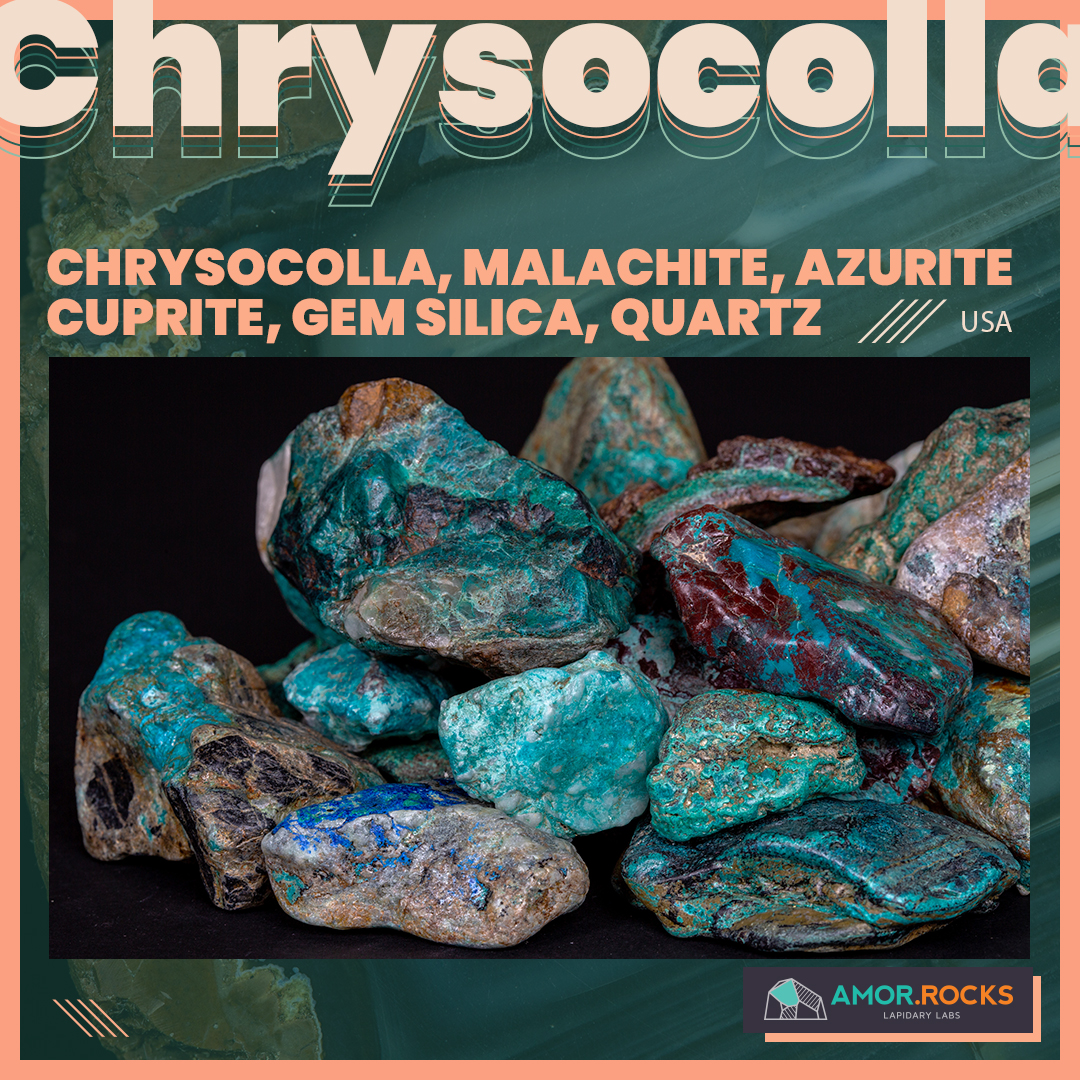

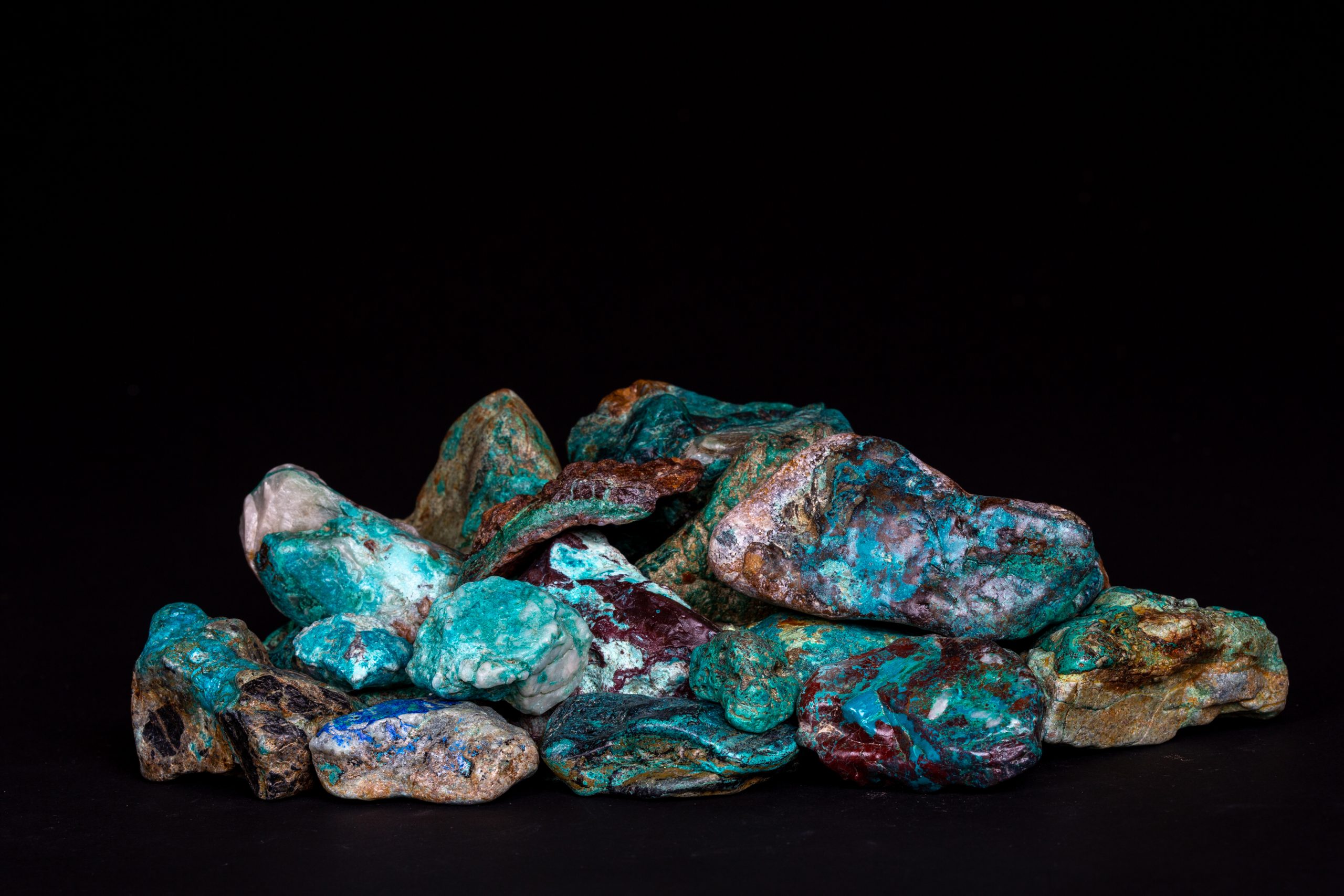
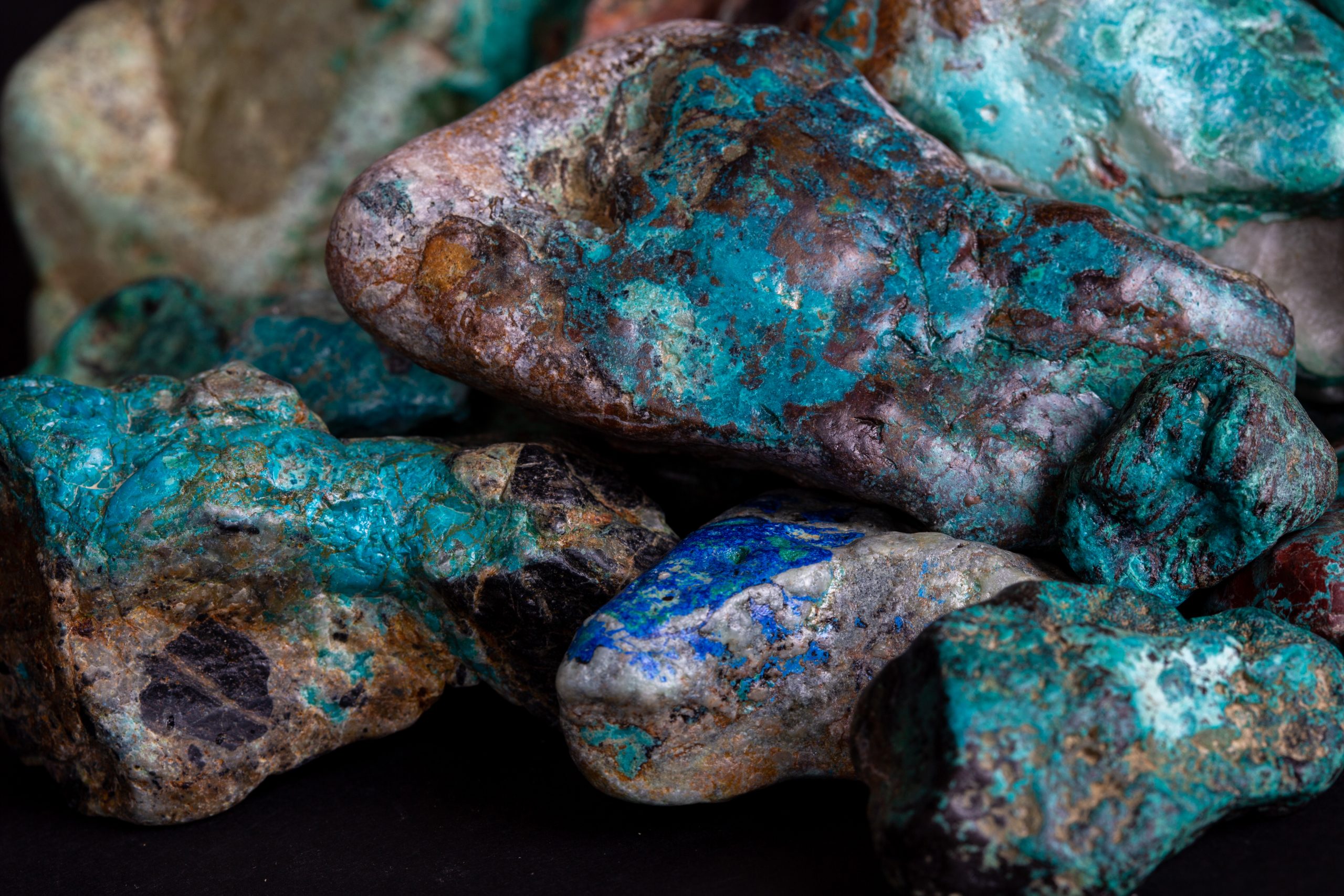

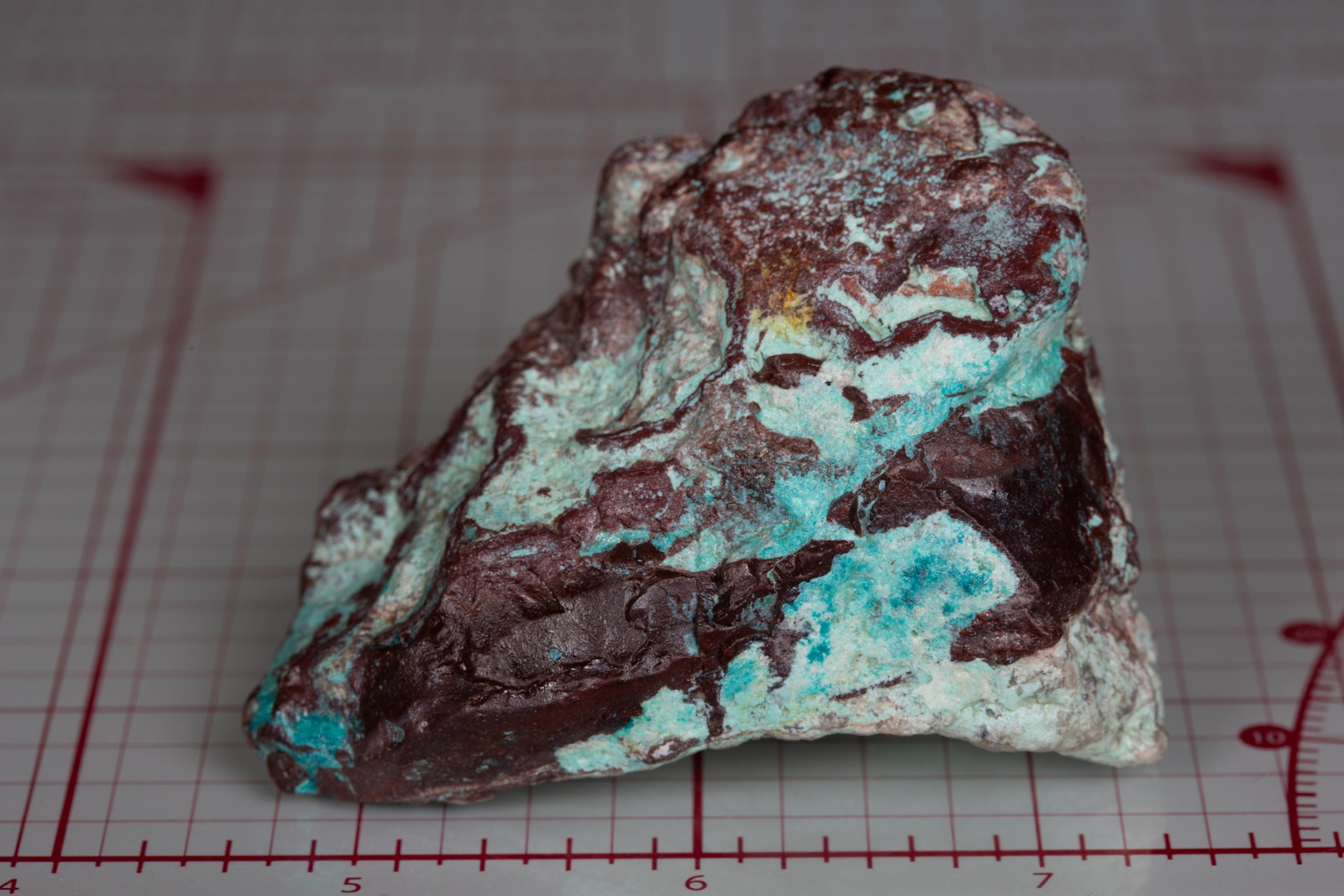

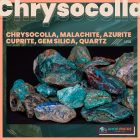
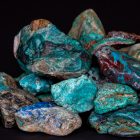
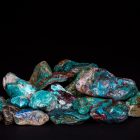



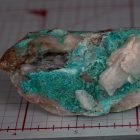

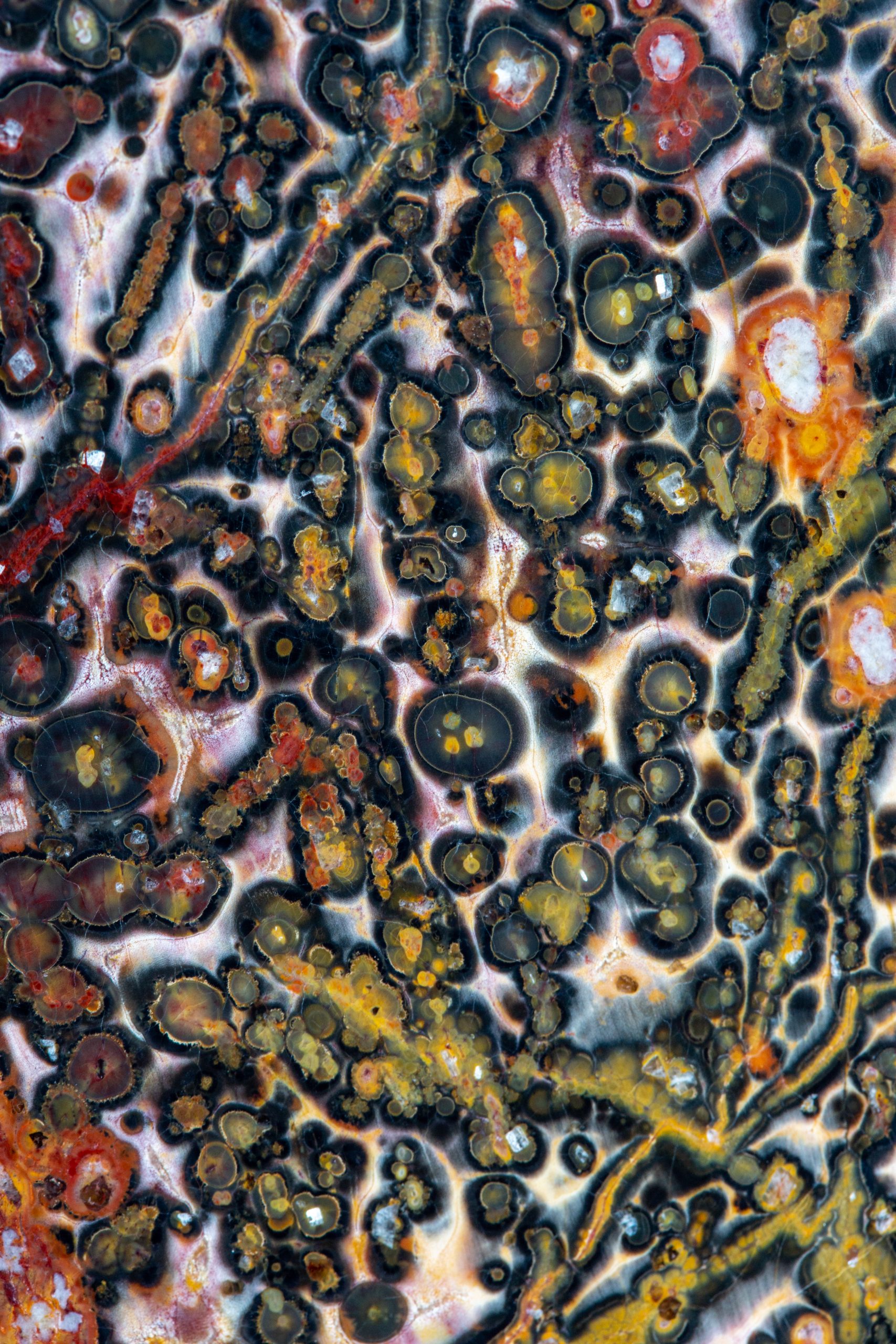





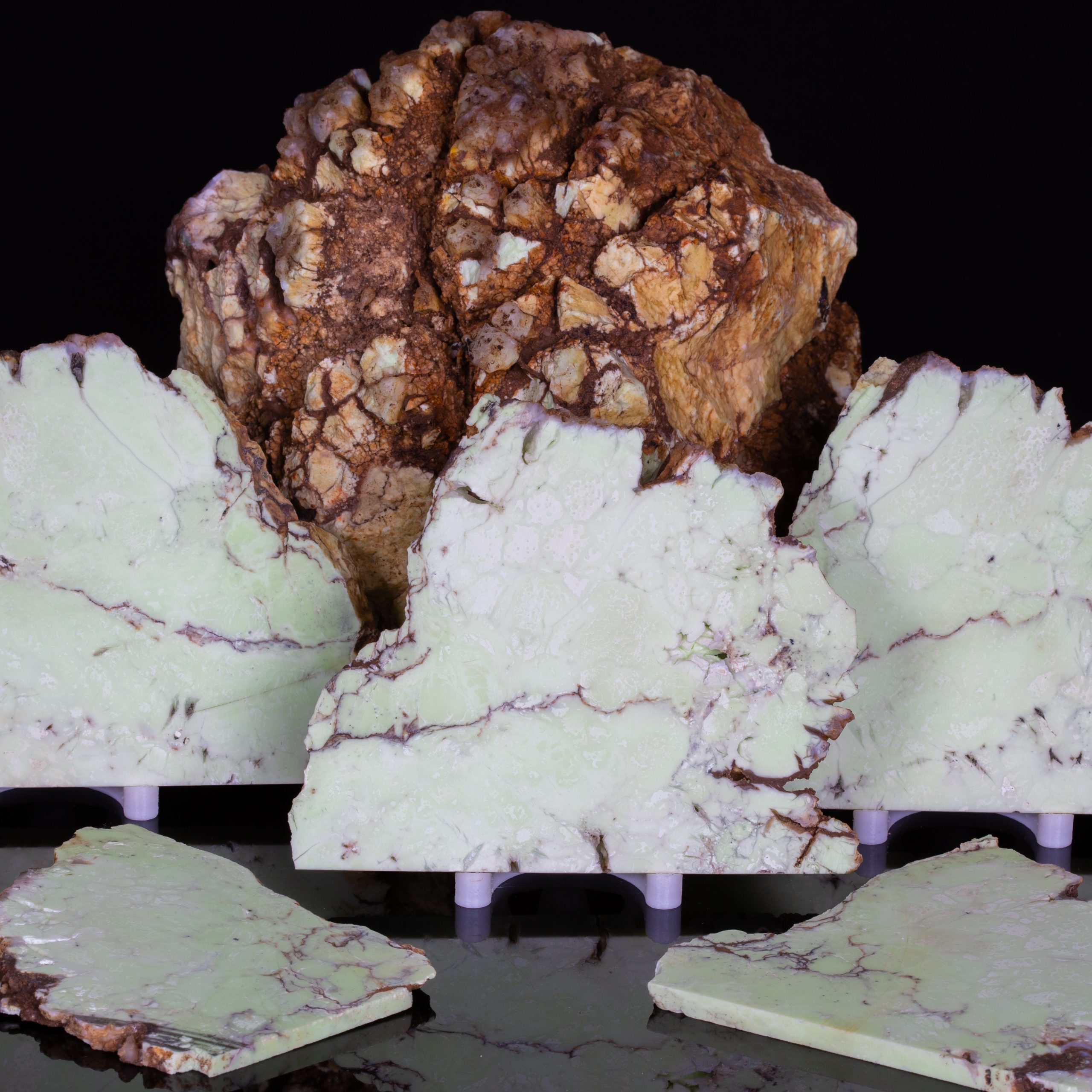
There are no reviews yet.